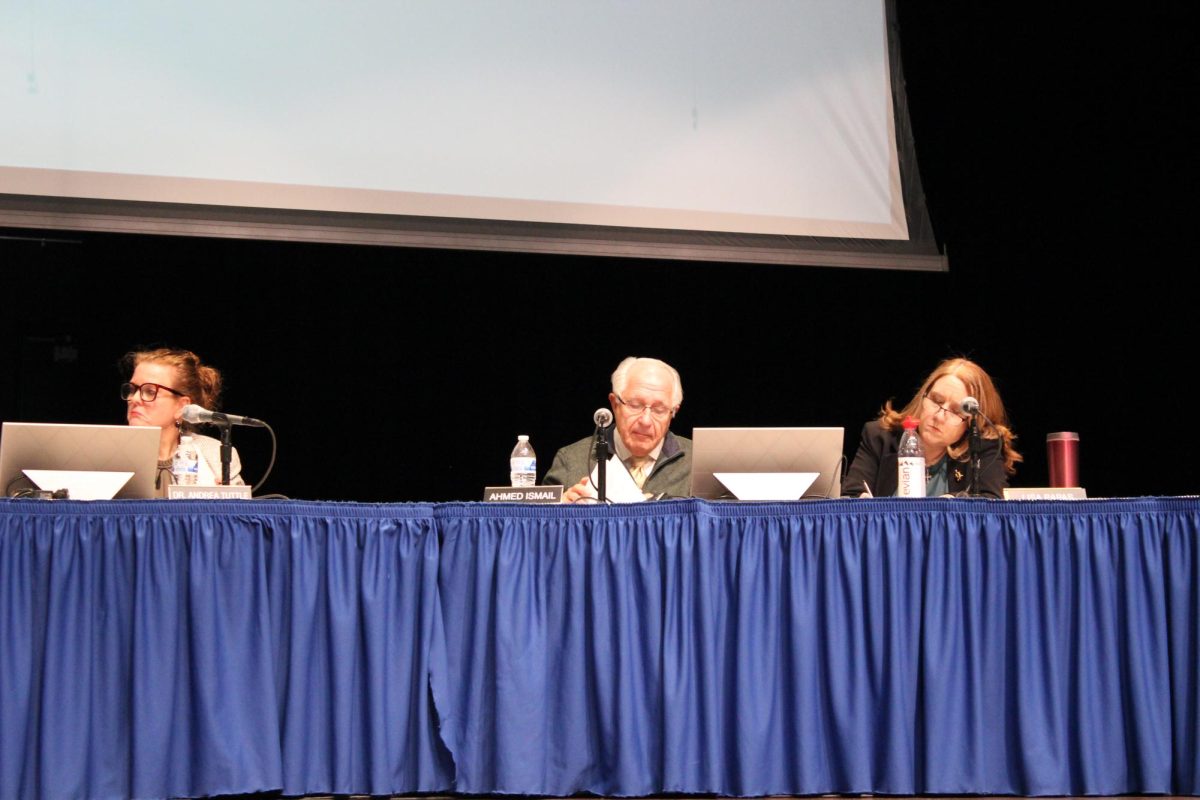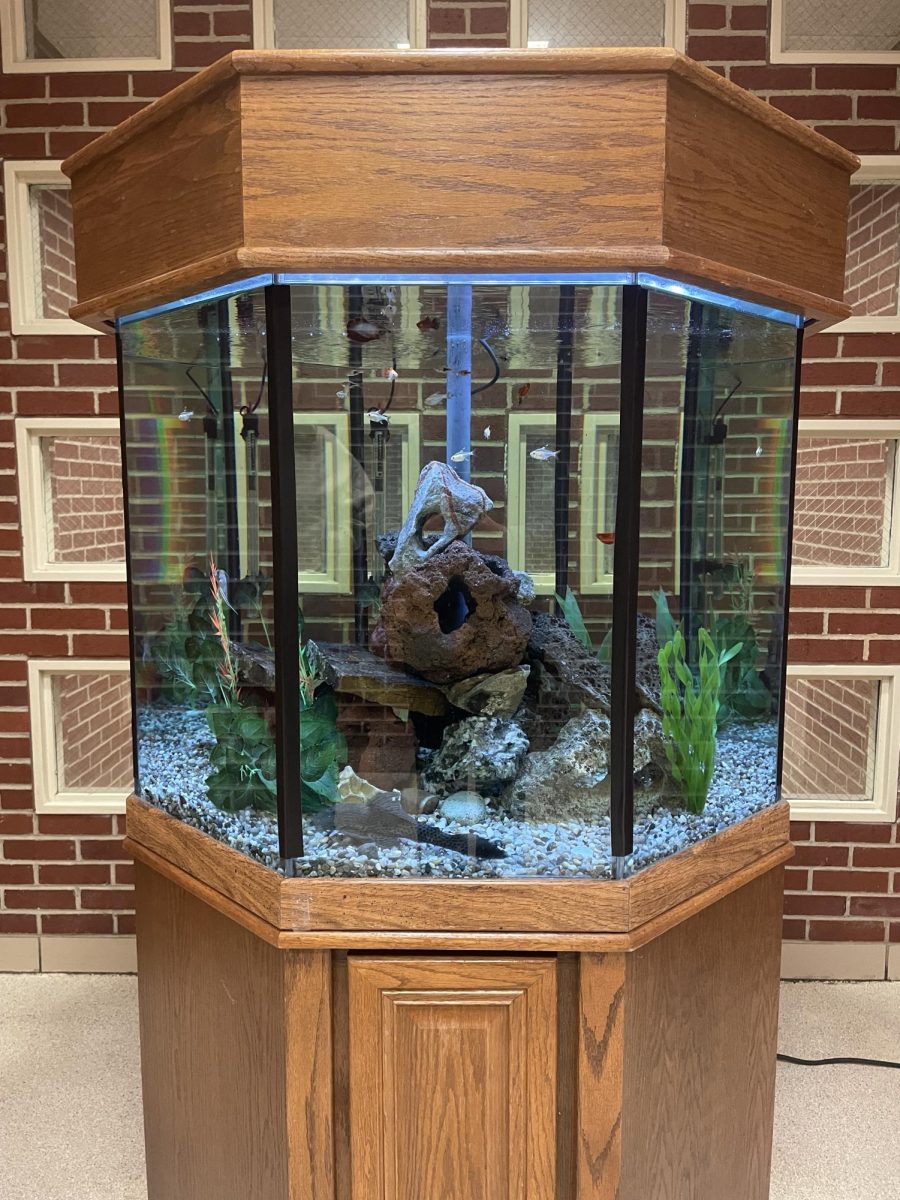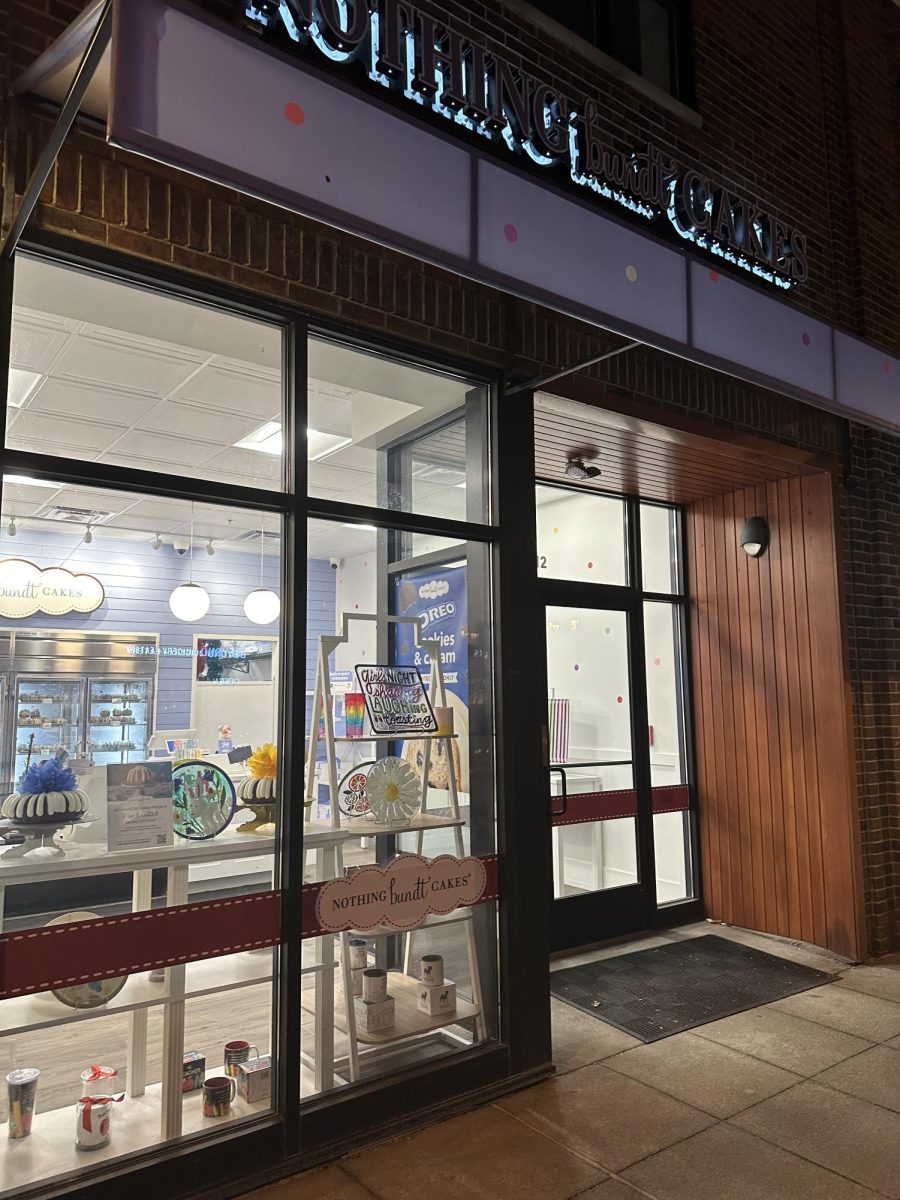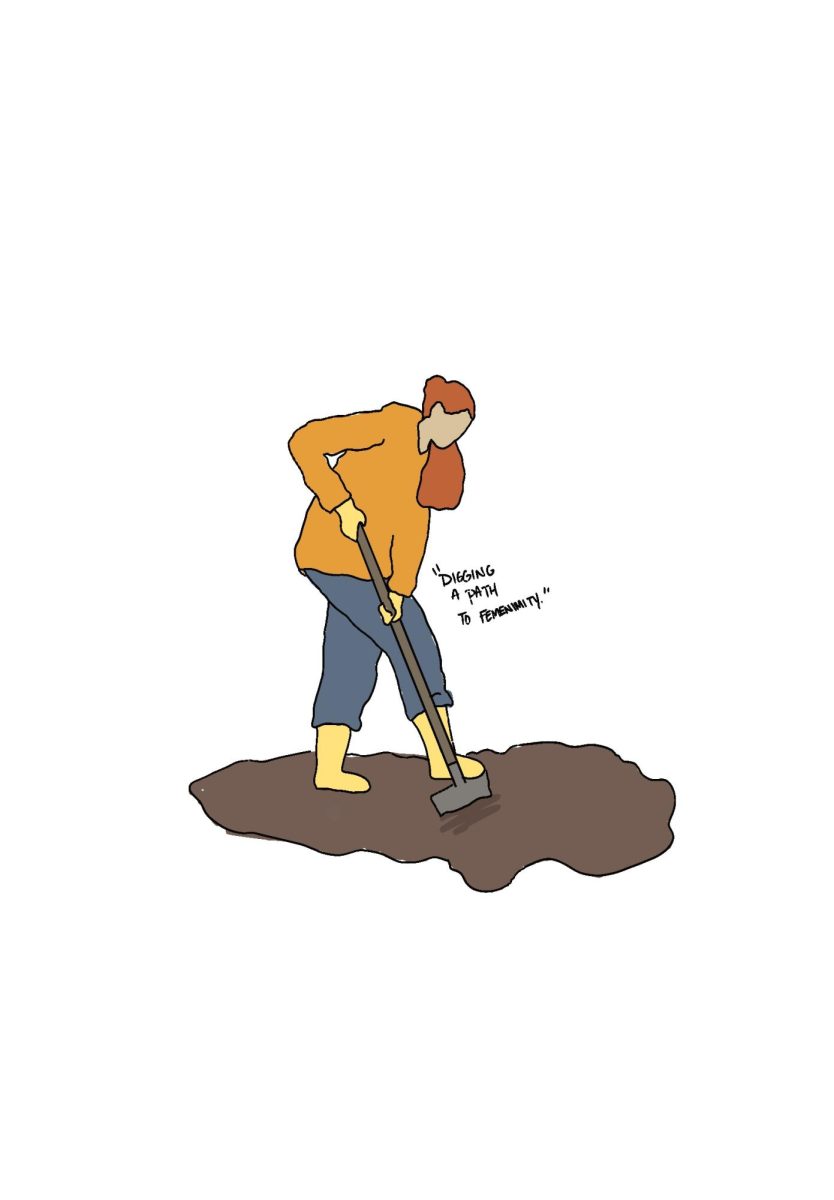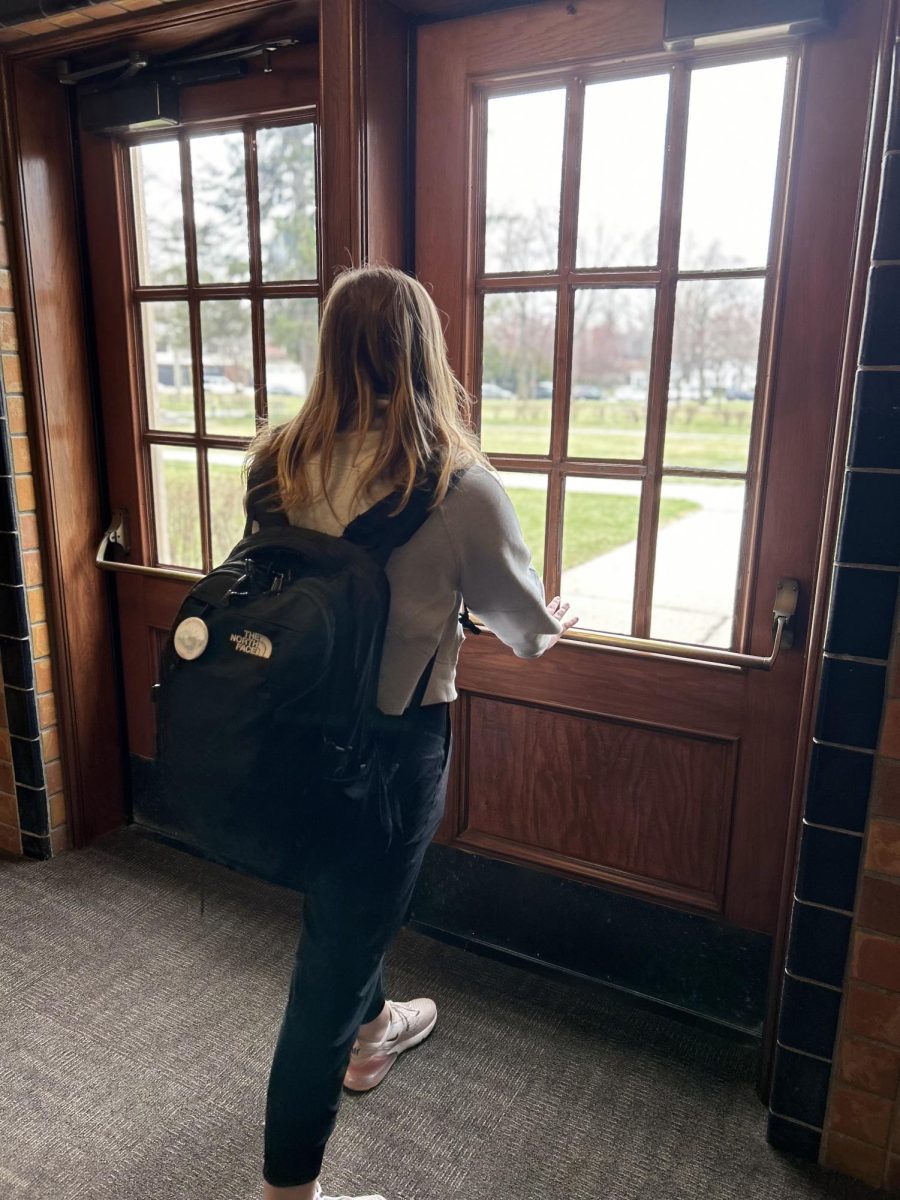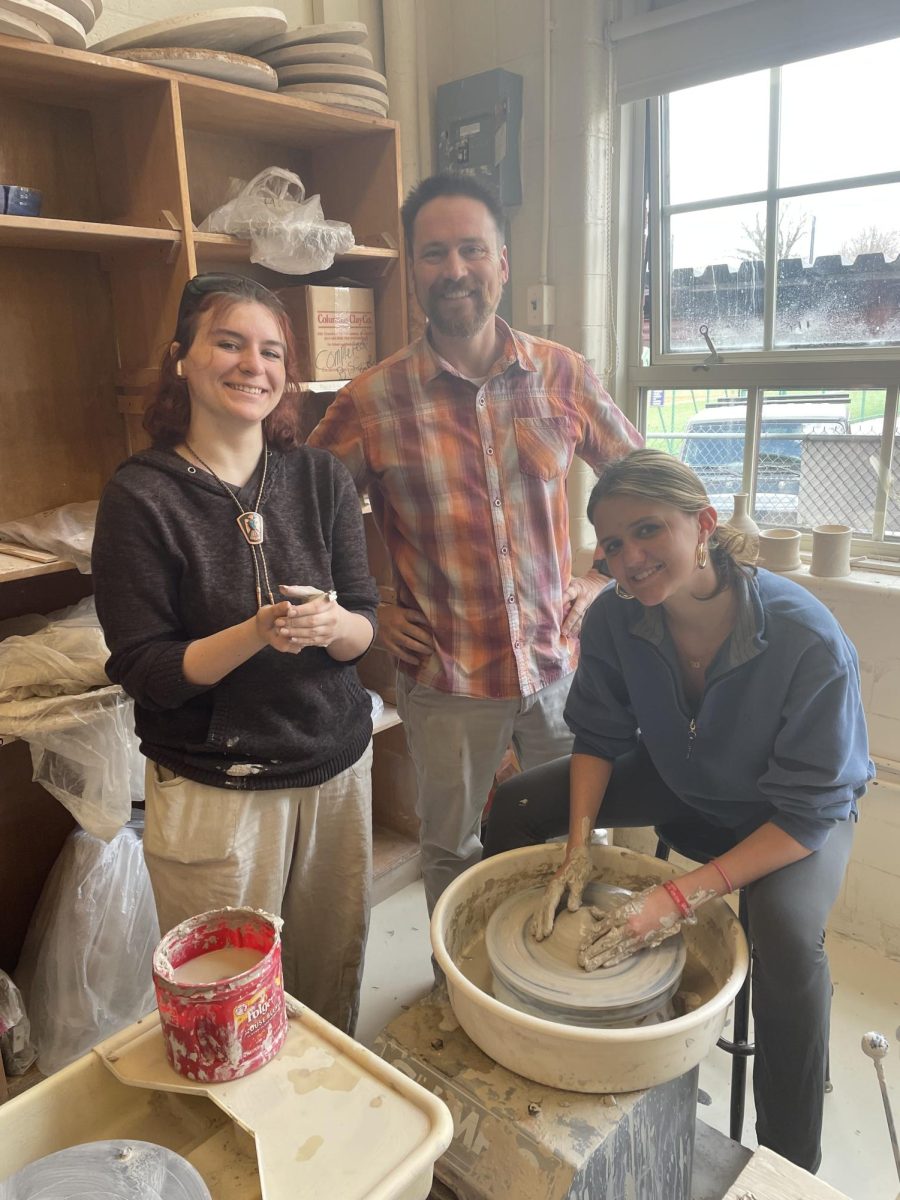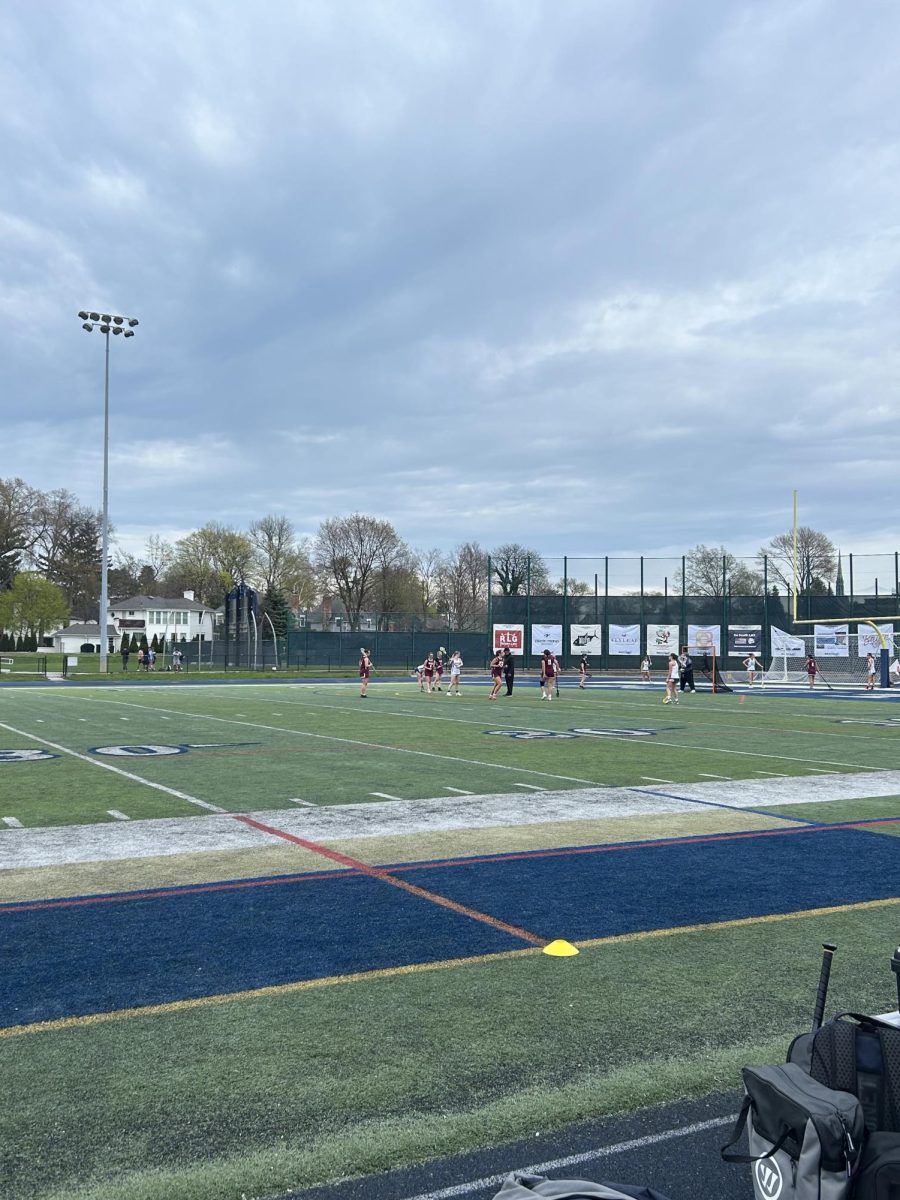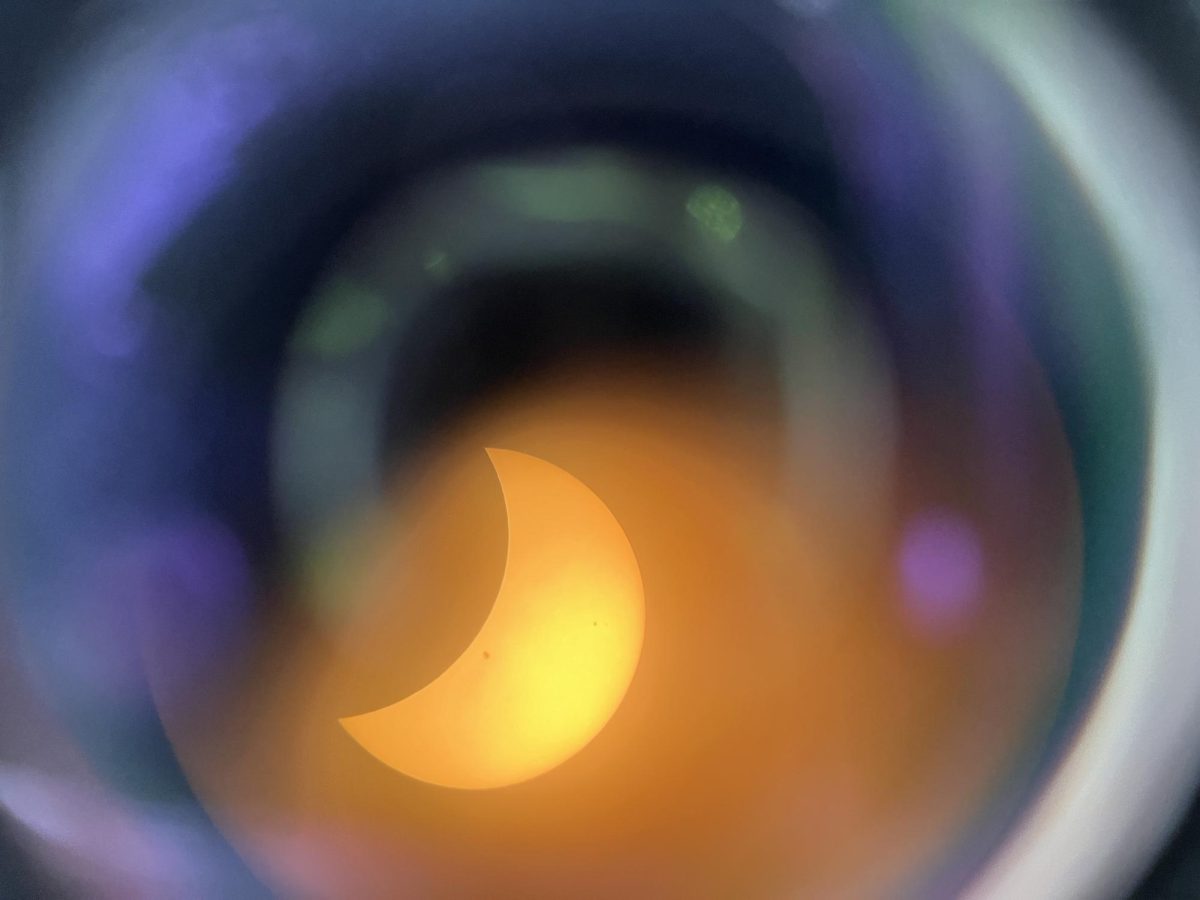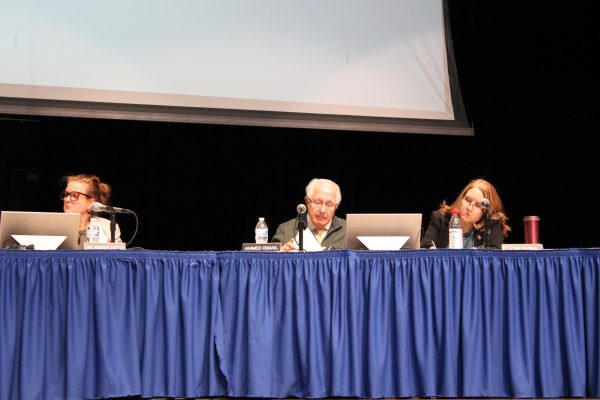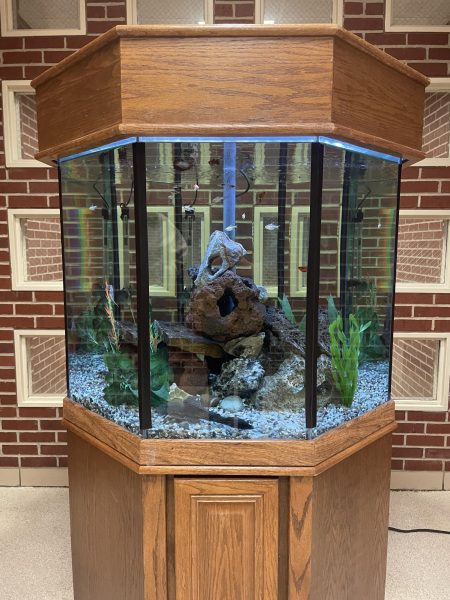The blight of Lake St. Clair
The murky green water of Lake St. Clair, a cornerstone of life in Grosse Pointe, is the home to way more than walleye, bluegill and your boat.
The Murky Waters
Wayne County is listed number one on the Michigan Infrastructure and Transportation Association’s 2011 “Dirty Dozen” list, claiming that 13.4 billion gallons of sewage is allowed to flow in the waterways.
According to Shawn McNamara, Earth science and AP environmental science teacher at South, there are multiple sources of pollution in the lake, such as agricultural waste.
According to McNamara, there are farms in places such as Macomb County that allow for nitrate runoff, a possible source of the pollution.
“A lot of farms use nitrogen as fertilizer to proof crops, and nitrogen runoff does lead to algae blooms,” McNamara said. “We haven’t heard a lot about that in Lake St. Clair, Lake Erie has had a lot of algae blooms in the past couple of summers, but they can lead to lower dissolved oxygen, which leads to fewer fish.”
Another source of pollution can be phosphates, according to McNamara.
“Phosphates comes from water treatment plants, wastewater treatment plants use phosphates as detergents which can lead to water pollution as well. That’s a little less common with Lake St. Clair,” McNamara said.
There is also legacy pollution, which is pollution from the past that still haunts the lake, according to McNamara.
“Back in the 50s and 60s, the environmental regulations weren’t the same as they are today so there wasn’t necessarily a place to put your chemicals that could be safely handled and disposed of,” McNamara said.
These chemicals from homes and business were dumped onto the back of properties, McNamara said.
“The chemicals and hazardous waste flowed into the groundwater, and then the groundwater slowly moves over years and years into the water table, and then into the actual lakes and rivers,” McNamara said.
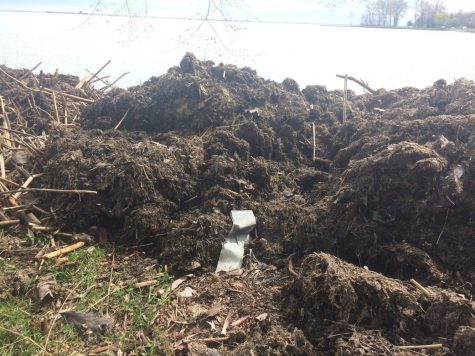
The Bacteria Side
According to the Centers for Disease Control and Prevention, E. coli is a bacteria that can be found in different foods as well as animal and human digestive tracts. While some forms of E. coli are not irritant, others can be dangerous and cause sickness.
Stacey McFarlane, Supervisor at the Macomb Community Health Department, said the health department tests for E. coli and uses the results to determine if the water is safe for swimming and ingestion.
“E. coli is an indicator organism we test for. It is easy to test for, and that’s why we use it. It is found in all warm-blooded animals and we also have found that it can be naturally occurring,” McFarlane said. “There’s been a few studies done to show that it can live down in the beac
h sands where it is wet, and might be actually getting out to the lake, too.”
McFarlane said the health department has a benchmark for what is safe water and what water is dangerous. However, McFarlane said the health department is not entirely sure about how the problem begins.
“We do still use the water quality standard of 300 E. coli for a full body contact standard, and that’s what we use to close the beach,” McFarlane said. “We don’t know what exactly the source of the E. coli is, but because we have this water quality standard, it shows that there is potential for illness if people come into contact, especially if they ingest that water.”
According to McFarlane, there are multiple factors that contribute to the raised E. coli levels such as heavy rain and watershed.
McNamara said there are many factors that lead to spikes in E. coli levels.
“Rainstorms usually cause the spikes because they’re one of the main transportation mechanisms of the ways to get the pollutant from its source into the lake itself,” McNamara said. “Excess fertilizing could be another one. We want our lawns to be super green, but sometimes that means we over-seed or over-fertilize.”
Michele Eickhorst is the current Recreation and Aquatic Coordinator at the Grosse Pointe Farms Pier Park. Eickhorst said the way the beach at the park is designed allows for E. coli to be trapped in the area.
“The problem with our beach is that it is such a small area and it is shallow, and then we have the two seawalls on either side, so it (E. coli) gets trapped in there,” Eickhorst said.
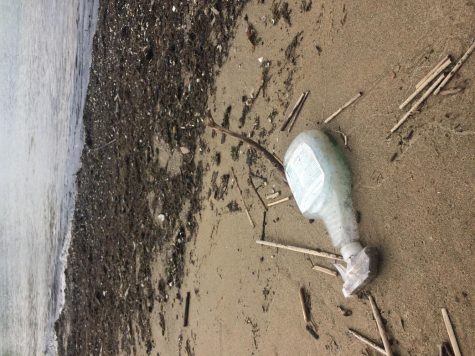
“No Swimming, Beach Closed”
Signs, posted on the beaches on Lake St. Clair during the summer, prevent visitors from enjoying the waters in Grosse Pointe.
Mike Gutow is a member of the nonprofit organization Save Lake St. Clair, a foundation aimed at raising awareness about the pollution.
“(Pollution) has everything to do with (the negative effects on lakefront communities),” Gutow said. “The greatest effect of the pollution is that it eventually goes into on our drinking water. Lake St. Clair represents 40 percent of the state of Michigan’s drinking water, so eventually we’re polluting our own drinking water source.”
The beaches and the wildlife, specifically fish and bird populations, are affected by the pollution, Gutow said.
“When we dump into the lake, we’re basically changing the ecosystem in which our fishery has to live in. The birds that live off of the fishery are affected by it too,” Gutow said.
Gutow said when waste is dumped into the lake, that waste includes urine. This urine contains chemicals from pharmaceutical drugs that people consume.
“Individuals have introduced new toxins into the lake that should never be present, such as pharmaceutical drugs, chemotherapy radiation, blood pathogens and viruses,” Gutow said. “Basically, you have to look at it like this: anything that goes down the drain eventually ends up in our freshwater source which overflows, and no matter how much we can treat that, you still do not get rid of it.”
At the Pier Park, the beach is closed when the E. Coli gets too high, according to Eickhorst.
“We do keep water aerators in there to move the water around. We normally know if we get pretty big rainfall, we’ll just close the beach because of precautionary reasons,” Eickhorst said.
Christiana Scheibner ’19 is a member of South’s sailing team and also sails during the summertime.
“It honestly is just gross. It is sad that our lake is not as clean and nice as it used to be,” Scheibner said.
Scheibner claims she sees pollution quite frequently out on the water.
“We sail out of the Grosse Pointe Yacht Club, and you can see trash and pollution buildup by the sea wall,” Scheibner said.
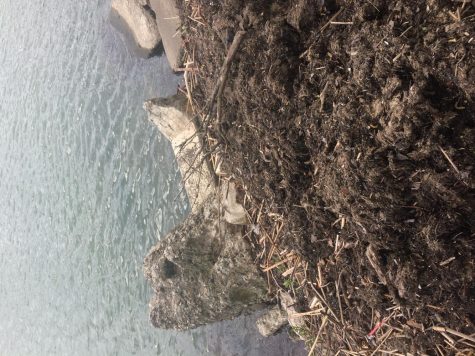
Save The Lakes
McNamara said luckily, the water pollution decreases over time and the pollution flows through gradually larger bodies of water.
“The water pollution does dilute over time, so the pollutants will make their way into the Detroit River, then quickly flow into Lake Erie and down through the Great Lakes watershed, and out to the Saint Lawrence Seaway,” McNamara said. “So it will dilute itself, which is helpful.”
McNamara said that being conservative with items that may concern and affect the pollution is an easy way to help prevent these issues from occurring.
“What we can do is be mindful of what we’re putting into the system. Again, it could be as simple as using less fertilizer or natural fertilizers with less chemicals,” McNamara. “We live alongside this ecosystem and we really do depend on it.”
Gutow said there are two ways the problem can be evaded, starting with long term solutions.
“There’s a couple different ways (the problem can be avoided). The ultimate solution to fix this, or (for) your generation (to fix this), or the next generation after that, is that we have to update our whole entire infrastructure and separate sewage water from storm water,” Gutow said.
McFarlane said he agrees that the infrastructure needs to be updated.
“Infrastructure is definitely an issue. I think the problem in Fraser with the collapse of the sewer line and the sinkhole has really brought attention to the infrastructure problem,” McFarlane said. “If you have a failing sanitary line, that backup or leak can enter into the storm drain and then be discharged into a stream or creek or river.”
Gutow agrees replacing the infrastructure should be addressed. However, Gutow said that short term solutions can also aid the problems the pollution causes.
“In the short term, in the meantime, we have already proven another idea or concept that could be put into place today that would help eliminate, if not reduce greatly, the amount of sewage overflow that happens,” Gutow said. “We call it the Save Lake St. Clair Sewage Overflow Preventive Response (SOPR).”
According to Gutow, the SOPR is a notification that urges residents to decrease their water usage to prevent overflows.
“(The SOPR) is like an Amber Alert we get on our cell phones. This, basically, is the same thing, it is an alert to residents, ‘Hey, we have a major storm about to happen, or is happening, please for the next couple hours reduce your water usage because our system can’t handle it.’”
Gutow said he believes that the SOPR is the best way to decrease these overflows, and is the most effective way as well.
“If everyone bought into that, it would have a great effect of reducing sewage overflows. So that would be the short term, quickest, easiest solution,” Gutow said. “It doesn’t cost anything, other than the people that just buy into it, and we need the government to back it up as well.”
Lake St. Clair also touches Macomb County, affecting the waters of Grosse Pointe.
McFarlane said that the Health Department has surveyed all open drains in Macomb County for illicit connections, which are pipes from a home or business that go directly out to a lake or stream.
“I think we walked 745 miles of open waters in Macomb County looking for these illicit discharges, and if we found any, we had those corrected.” McFarlane said.
The team that searches for these illicit discharges was created through a recommendation from the Blue Ribbon Commision. Because of this team, the department has been able to make sure that homes and business in the county have the proper piping, McFarlane said.
“That’s when we started doing a lot of our illicit discharge programs and looking for these pipes going to open streams and roadside ditches, and getting those (issues) eliminated,” McFarlane said.
Scheibner hopes that people will take better care of the water so that it is safer for water sports.
“Everyone should be able to enjoy the water and its wildlife,” Scheibner said.





